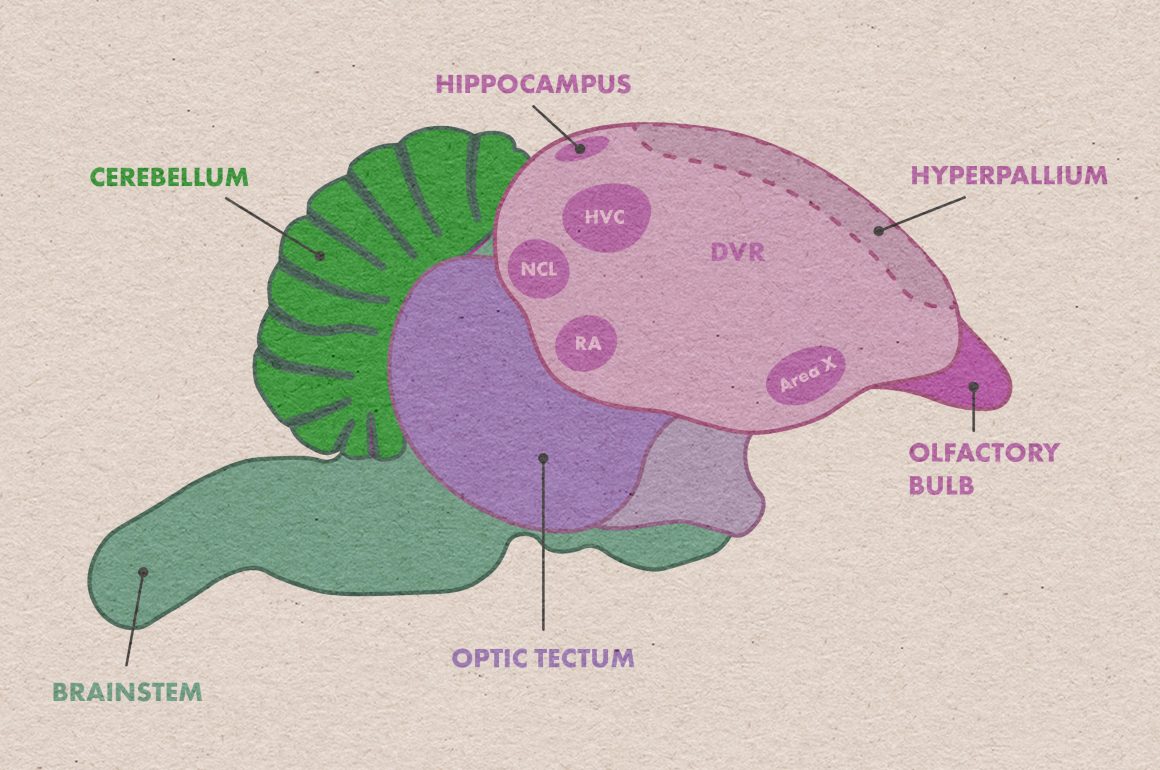
By Ivan Phillipsen
Ivan is a podcast host and creator of The Science of Birds. He is a professional naturalist guide with a background in scientific research. He has loved animals and nature his whole life. His first obsession was with amphibians and reptiles. This interest led him to graduate school, where he studied amphibians. After earning a Master’s degree in Biology and a PhD in Zoology, he did postdoctoral research on aquatic insects. Along the way, his love of nature expanded to include plants, fungi, and all animals, including birds, which are now Ivan’s greatest passion. He’s an avid birder and co-owns a birding ecotour company called Wild Latitudes. He lives in Portland, Oregon.
About 320 million years ago, a small egg-laying, reptile-like creature scurried through the humid forests of Pangea. Two independent and very different animal lineages in the present trace their ancestry to this ancient vertebrate: mammals and birds.
Inside that ancestor’s skull was a relatively small, reptile-like brain. Over hundreds of millions of years, mammals evolved brains that became more complex and proportionally larger relative to body size. Birds, following a separate evolutionary path, ultimately gave rise to feathered dinosaurs capable of flying and singing.
The idea that “bird brain” means “not very smart” is an outdated misconception. Because it turns out that birds are indeed capable of sophisticated cognition. Some bird species even approach primates in problem-solving, planning, and flexibility. So, although mammal and bird lineages split to follow their own paths long ago, both independently evolved high intelligence compared with many other vertebrates.
The physical structures of mammal and bird brains reflect their shared deep ancestry but also many differences. These are two alternative tools for solving similar problems of perception, movement, memory, and decision-making. Recent research has revealed a lot about how the avian brain’s distinctive architecture supports consciousness, intelligence, and the behaviors that make birds so successful.
Historically, birds were underestimated because their brains were compared to the human brain as the “gold standard” for intelligent vertebrates. Early biologists concluded bird brains were “primitive,” lacking structures thought essential for complex thought—most notably the mammalian-style cerebral cortex. From that perspective, birds were assumed to run largely on instinct.
Subsequent research overturned that view. Birds actually do possess forebrain structures that perform cortex-like functions, like decision-making, planning, problem-solving, and flexible learning. Sure, these regions look different from a mammal’s cortex, but they arise from related embryonic tissues and achieve comparable outcomes through a different architectural plan.
Brain anatomy is a complex topic with lots of technical terminology. The goal in this short article is to keep the information clear and easily digestible while introducing key terms.
Basic Architecture of a Bird’s Brain
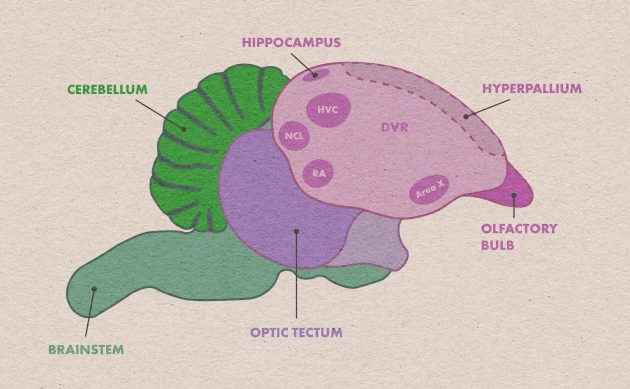
A bird’s brain, roughly similar in shape to a mammal’s, is divided into forebrain, midbrain, and hindbrain:
- Forebrain (cerebrum): the largest section, bulbous in shape and divided into left and right hemispheres. More on this structure below…
- Midbrain: includes several regions, or nuclei, central to sensory integration and motor coordination. The most conspicuous is the optic tectum (plural tecta), an egg-shaped structure beneath and slightly behind the cerebrum that processes visual input, guides eye movements, and coordinates visually guided behaviors.
- Hindbrain: coordinates vital, largely involuntary functions such as breathing, heart rate, balance, and motor coordination. The cerebellum, with parallel grooves across its surface, integrates sensory and forebrain/midbrain inputs to fine-tune wing, leg, and body commands; its development supports the precise motor control required for flight.
Absolute brain size in birds is small compared with that of humans. An average adult human brain weighs about 1,300 to 1,400 grams. But the largest measured avian brain, that of an Emperor Penguin, is only about 44 g. The smallest measured, in the Cuban Emerald hummingbird, is about 0.13 g. The familiar Rock Pigeon’s brain weighs ~2 g, about the size of a grape. These numbers are examples of absolute brain size, in terms of mass.
Relative to total body mass, however, bird brains are notable: ~1–4% of body mass is brain, depending on species. This is similar to many mammals and far greater than in reptiles of equivalent body size. Species renowned for spatial memory or technical problem-solving, such as chickadees and corvids, tend to have proportionally larger brains.
Intelligence has often been approximated by such brain-to-body ratios, but an alternative and often more informative proxy is the number of brain cells (neurons) packed into the forebrain. By this measure of intelligence, many birds—particularly songbirds and parrots—rank exceptionally high.
Forebrain
In mammals, the outer forebrain layer is the pallium, whose most famous component is the cerebral cortex, central to reasoning, imagination, planning, and problem-solving. Birds do not possess a cortex with the same layered, sheet-like appearance that we find in mammals. But they do have a pallium. Embryologically, the same ancestral cell layers give rise to the mammalian cortex and avian pallium, indicating a common evolutionary origin and parallel functional roles.
The avian pallium forms most of the forebrain and is multilayered rather than a thin outer rind.
Key components include:
- Hyperpallium (also called wulst): a prominent bulge on the top/front of the forebrain. Unique to birds, it supports sensory integration, spatial processing, vocal communication, learning, and memory. It is especially well developed in parrots and corvids.
- Dorsal Ventricular Ridge (DVR): the largest pallial region, important for processing visual and auditory information. Within the DVR, the nidopallium caudolaterale (NCL) functions analogously to the mammalian prefrontal cortex, supporting executive processes such as action selection, planning, and inhibitory control.
- Olfactory bulb: positioned at the forebrain’s front; processes smell. Its size varies with reliance on olfaction and is notably large in birds like Kiwis and Turkey Vultures.
Gray vs. white matter: The mammalian cortex has gray matter on the outside and white matter on the inside, forming a layered sheet. In birds, pallial gray matter forms clusters and nuclei interconnected by dense white-matter tracts. This different blueprint still supports complex, flexible computation.
Hemispheric lateralization: Like humans, birds exhibit division of labor between the hemispheres, the two halves of the brain. In songbirds, for example, the left hemisphere often dominates song learning and song production. In pigeons and chickens, the right eye/left hemisphere specializes in fine visual discrimination (e.g., finding small food items), whereas the left eye/right hemisphere is biased toward scanning for threats. Behavioral “handedness” appears in several taxa—for example, consistent spin direction in Red-necked Phalaropes, and eye preferences during tool manufacture in New Caledonian Crows (a famously intelligent species).
Memory
The hippocampus, situated near the midline on the top of the forebrain, anchors spatial memory and navigation. It is tightly interconnected with the hyperpallium and DVR to encode and retrieve spatial layouts, food locations, nest sites, and migratory routes. Birds in food-caching families—Corvidae (crows/jays), Sittidae (nuthatches), Paridae (chickadees/tits)—possess enlarged hippocampi relative to birds that don’t cache. Chickadees, for instance, can remember hundreds to thousands of cache sites across seasons.
Plasticity and Neurogenesis
Bird brains are notably plastic. In other words, they can grow and shrink over relatively short time periods. Sometimes by a surprising amount. For example, in chickadees, the hippocampus expands by nearly 30% in autumn as food caching ramps up, then shrinks again in spring when insect prey becomes abundant. Brain tissue growth in this example includes the addition of new neurons, a process called neurogenesis.
Seasonal plasticity also occurs in song-control regions. In Song Sparrows, for example, a key song nucleus nearly doubles in size from winter to spring, accompanied by neurogenesis to meet breeding-season demands on vocal performance.
Decades of research on birds—especially canaries—demonstrated adult neurogenesis and helped overturn the long-held belief that adult vertebrate brains cannot form new neurons. Subsequent research revealed adult neurogenesis in other vertebrates, including humans (most prominently in the hippocampus).
Songs and Vocalizations
Birdsong emerges from a distributed Vocal (Song) Control System, which spans the forebrain and brainstem. Major nodes in this system include:
- HVC (Higher Vocal Center): dorsal-posterior forebrain hub integrating auditory input and sending patterned signals downstream.
- RA (Robust Nucleus of the Arcopallium): relays motor commands from HVC to brainstem nuclei that control the vocal organ.
- Area X: present in true songbirds (suborder Passeri); essential for song learning and refinement, especially during juvenile development. Area X receives input from HVC and participates in data-processing loops that evaluate and adjust vocal output.
Sex differences in this system can be dramatic. In Zebra Finches, for example, song nuclei can be up to ten times larger in males than females, paralleling the species’ male-biased singing.
Neurons
Avian cognitive power scales not only with relative brain size but also with neuron density, especially in the pallium. Many songbirds and parrots pack extraordinary numbers of neurons into compact forebrains. For example, a Common Raven’s brain—only about one-sixth the mass of a Rhesus Macaque brain—contains roughly one-third as many neurons, with a higher proportion located in the pallium. Shorter average distances between bird neurons can support faster processing and richer parallel computation.
Despite the high number and density of neurons, avian brains are remarkably energy-efficient. Avian neurons tend to be smaller and, in several studied cases, require substantially less energy from glucose per neuron than their mammalian counterparts. Birds’ higher body temperatures further speed chemical reactions inside neurons. These various features allow birds to have dense, high-performance neural networks without paying high metabolic costs. The result is a remarkable amount of brain power, ounce for ounce.
Conclusion
The avian brain is a compact, high-performance system refined by natural selection for more than 300 million years. Its alternative pallial architecture, efficient neuron packing, seasonal plasticity, and specialized vocal and spatial circuits together support perception, memory, communication, and flexible problem-solving at levels once thought impossible without a mammalian-style cortex.
Fossil evidence suggests that modern birds’ expanded and reorganized forebrains—relative to earlier birds and non-avian dinosaurs—may have been among the traits that allowed them to survive after the end-Cretaceous mass extinction that happened about 66 million years ago.
And their supercharged brains probably helped them evolve and diversify into the more than 11,000 species of today. Birds now occupy almost every habitat on Earth, and their brains underpin the behaviors that make them so diverse and successful: navigating vast distances, mastering complex songs, coordinating aerial maneuvering, solving foraging challenges, and negotiating rich social lives.
Far from being an insult, the phrase “bird brain” is actually an invitation for us to look more closely at an elegant solution to the challenge of being a smart creature under strict constraints of weight, space, and energy.
Further Reading
The Avian Brain – Current Biology, Volume 32, Issue 20, R1076-R1079, October 24, 2022
Evolutionary convergence of sensory circuits in the pallium of amniotes – Science, Volume 387, Issue 6735, February 14, 2025






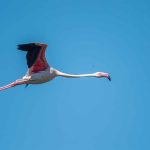
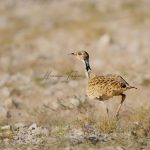

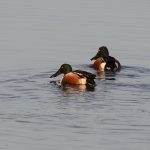
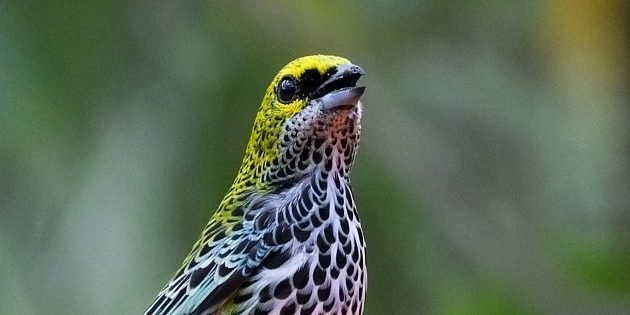
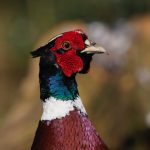
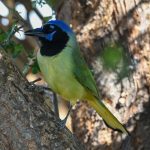
Leave a Comment